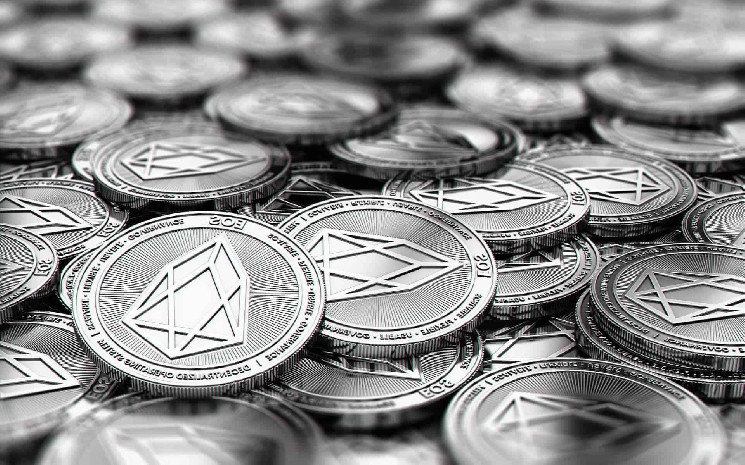According to new research that focused on the crypto industry’s largest token sale in history, there may have been foul play that allowed EOS (EOS/USD) to raise $4.4 billion during its ICO. While the ICO took place years ago, the concerns regarding the token sale are still quite fresh, especially after the recent findings published by researchers from the University of Texas.
The research suggests that EOS’ $4.4 billion ICO, backed by PayPal co-founder, Peter Thiel, as well as famous hedge fund managers Louis Bacon and Alan Howard, may have been as successful as it was due to price manipulation.
Are you looking for fast-news, hot-tips and market analysis? Sign-up for the Invezz newsletter, today.
It should be noted right away that the research does not claim that Block.one has done anything wrong, as there is no evidence that the company was involved in any way. However, it does suggest that wash-trading played a major role in EOS’ price discovery.
What allegedly happened during EOS’ ICO?
The paper, titled “Were ETH and EOS Repeatedly Recycled during the EOS Initial Coin Offering?” suggests that EOS was wash-traded on major crypto exchanges, Bitfinex and Binance. This was done so that its price would be artificially inflated, as the process makes an entity act as a buyer and seller at the same time.
The demand for EOS was instantly quite large, but it seems that it came from 21 highly suspicious accounts that may have been trying to make it seem like the demand is greater than it was. As it is well known, great demand tends to inflate the market value of any asset, which is particularly easy to do in the crypto industry.
Research also suggests that around 1.2 million ETH, worth approximately $815 million at the time, was involved in buying EOS. The owner(s) of the accounts remains unknown, and the research does not indicate that anyone from Block.one was involved. However, it does bring EOS’ entire success into question, similarly to how wash-trading of Tether was suspected to have been used to boost BTC prices in 2017.
 invezz.com
invezz.com
